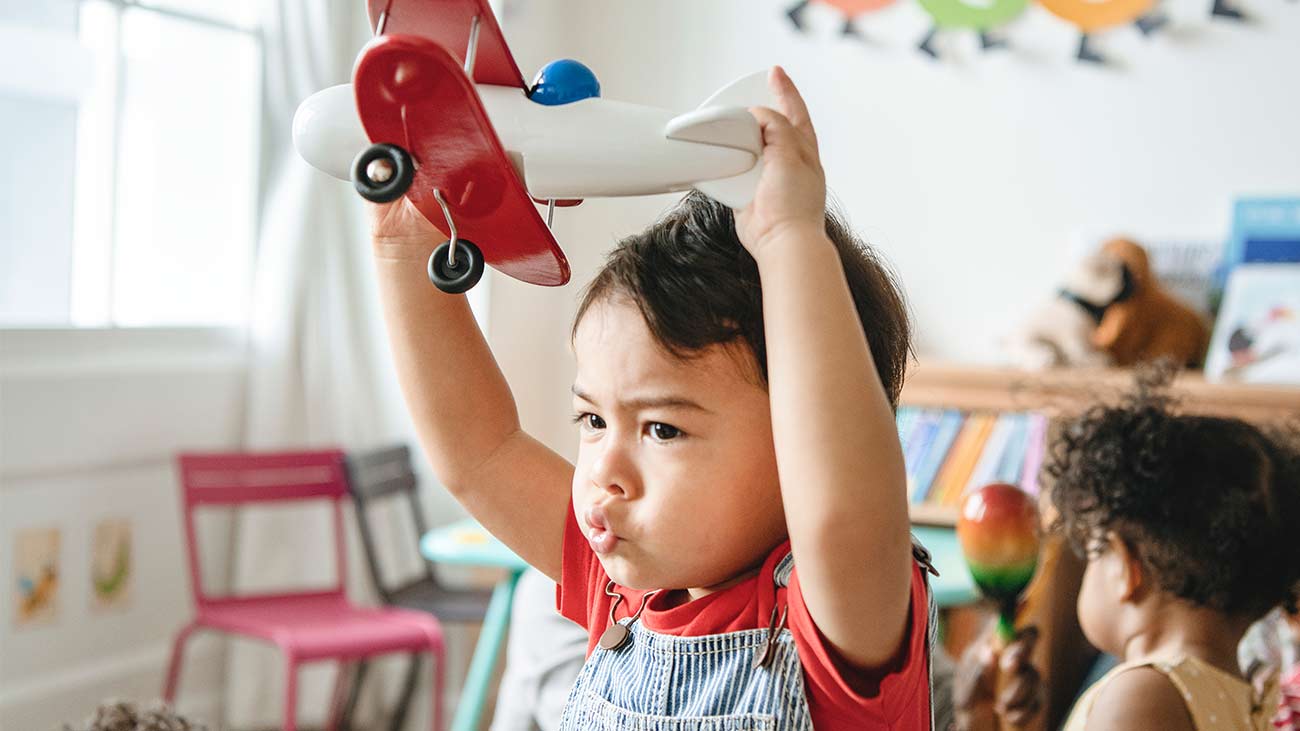
Preparing Your Child with Autism for their Covid-19 Vaccine
The Covid-19 vaccine is now available for children years 12 and over. If you are a parent of a child with Autism or a child who becomes extremely anxious with injections, then you my be wondering what’s the best way to support your child for their vaccine.
As a Child Life Specialist, who works to help children cope in medical settings, there are various ways we help children during their vaccine appointments such as:
- Providing a sensory friendly environment
- Advocating for the child’s developmental and sensory needs
- Providing developmentally appropriate preparation for the vaccine
- Providing developmentally appropriate distractions during the vaccine
- Debriefing with the child afterwards to prevent traumatization
- Normalizing the environment
- Engaging in medical play for the purpose of developing coping skills
- Facilitating non-pharmacological pain management
If a Child life Specialist is not available at the vaccine clinic you decide to take your child to, there are many ways you as a parent and advocate can help your child with their vaccine.
For a more detailed guide on helping your child with Autism cope with any of their shots, check out my blog post here.
Affiliated links were used in this post. See full disclosure here
Scheduling
When scheduling your child’s vaccine appointment, let the medical staff know if your child has Autism and requires special accommodations. You may even request a time or day when it is not as busy or schedule the vaccine with a staff member that has experience working with children with Autism.
Preparing
There are many ways to help your child prepare for the vaccine before they arrive to the clinic or hospital. A Social Story such as this one I created is helpful in walking your child through the social event of getting their vaccine and knowing what to expect each step of the way to help mitigate anxiety. You can alter the social story to include wording and images that best suit your child.Covid-19-Vaccine-social-storyDownload
Medical Play
As someone who advocates for medical play in a lot of my posts, I was definitely not leaving it out in this one! Medical play provides a safe space for your child to become more familiar with medical equipment (ie alcohol pad, tourniquet, syringe, etc), as well as provide insight as to how your child may feel in the real world. By enacting a medical event or experience, parents learn what aspects of the medical event is most terrifying to their child and are able to come up with coping strategies in a safe space (ie. when Mr. Teddy Bear gets his pinch, he can squeeze my hand to make the pinch feel smaller).
Bring Comfort/Sensory Items
It is best to bring comfort/sensory items from home that you know works best with your child during stressful situations. You can mix familiar items with novel toys to promote motivation. This can also be a discussion you have with your child as to which items to use during the time of the injection or ‘pinch’: “while you are getting your special vaccine, would you like to play iSpy or listen to ‘the Wheels on the Bus’? In addition, be sure to bring your child’s communication device or picture board to they can communicate their needs at all times.
It is also important to bring activities, games and/or snacks during the 15-minute waiting period after the vaccine. You can even set a timer on your phone to help your child know when the 15 minutes are over.
Checklist
Help your child gain autonomy while establishing expectation by having them mark off this (or a similar) checklist as they complete each step of the process. It’s reassuring to see the steps getting less as well!

Non-Pharmacological Pain Management
- Buzzy the bee is a small vibrating device in the shape of a bee that tricks your body’s nervous system into feeling the vibration as opposed to the pain from the needle. Buzzy the bee also comes with a cold pack which provides additional distraction to your body’s nervous system, further masking the pain from the injection site. For more information on Buzzy the bee, you can check out the website: https://www.buzzy4shots.com.au/pages/how-does-buzzy-work
- A freeze spray or coolant spray is also used to counteract the feeling of pain during an injection. Spraying a freeze spray before the shot can temporarily cool the injection site to almost feel numb. This may feel different or uncomfortable for your child so always test a small area before deciding to use this method during the time of the injection.
- Deep breathing: Deep breathing is a great way to help your child feel calmer and more relaxed during stressful events. If your child is having a hard time taking deep breaths or may not have the receptive communication skills to understand what is being asked of them, you can have them take deep breaths by blowing bubbles, blowing at a pinwheel, playing dragon or pretending to blow out some birthday candles.
- Guided Imagery: Guided imagery is another great non-pharmacological method for pain management. Help your child imagine their favorite activity, place or memory during the time of their injection to help ease their stress and divert their attention to more positive and pleasurable thoughts.
Choices! Choices! Choices!
As much as you can, provide choices to your child for a sense of autonomy. Children feel more anxious in situations where they have little or no control over events. Therefore, by giving them choices, even as simple as where to sit in the car, choice of band-aid, whether they want to count to 3 or 5 when taking a deep breath and their choice for a prize, they can feel more empowered when receiving their vaccine!
Hope this post helps! Please reach out for questions!



